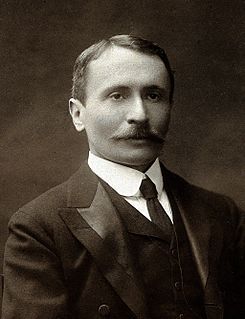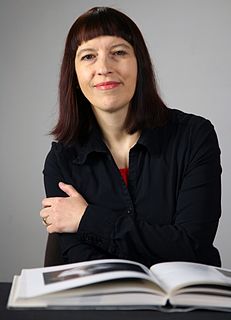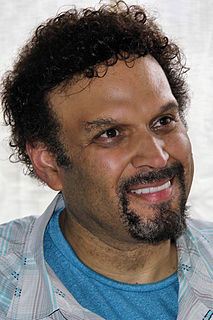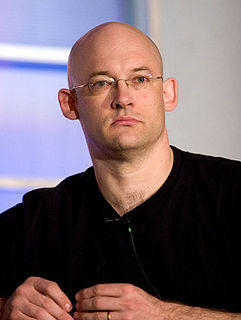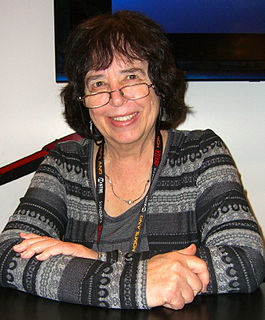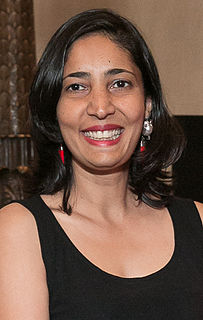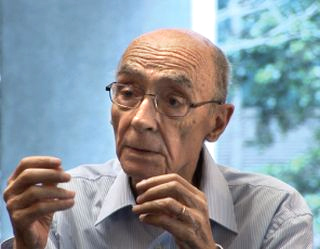A Quote by Chris Pavone
I'd had 12 different job titles in publishing before I typed 'The End' at the bottom of a manuscript page. I thought the manuscript was in great shape; I was pretty proud of myself. Then I sent it to some publishing friends, and they tore it apart.
Related Quotes
Don't wait for success, but for the respect and interest of those who read you. At the start it could be a classmate, someone who shares your interests. Before sending off the manuscript for a novel to a publishing house, it would be a good idea to try writing short stories, and publishing them in a local magazine.
Marion Zimmer Bradley took apart my first submission to her, covered the manuscript in red ink revisions, and told me to try her again. I had never been so reeling with authorial joy as I had been that day, holding Marion's letter and seeing that ravaged manuscript - finally, it meant that someone cared!
In the night ride across the Wular lake a small storm made me worry for the safety of my manuscript (Rajatarangini). It seemed as if the goddess of wisdom - Sharada, represented by waters of Kashmir, was unwilling to let me abduct the manuscript. This is what happened 1200 years ago to the Chinese pilgrim Hiuen-Tsang, who had to leave his Sanskrit manuscript in the angry Indus River.
Publishing is not evolving. Publishing is going away. Because the word "publishing" means a cadre of professionals who are taking on the incredible difficulty and complexity and expense of making something public. That's not a job anymore. That's a button. There's a button that says "publish," and when you press it, it's done.
For me, the ages between 9 and 12 were great because it was before you wore any masks, and you had some autonomy in the world. You had some freedom, and you felt you had unlimited ambition. It's when you thought, 'I'm going to write plays. I'm going to be president. I'm going to do this; I'm going to do that.' And then it all falls apart.
I have always been jealous of artists. The smell of the studio, the names of the various tools, the look of a half-finished canvas all shout of creation. What do writers have in comparison? Only the flat paper, the clacketing of the typewriter or the scrape of a pen across a yellow page. And then, when the finished piece is presented, there is a small wonder on one hand, a manuscript smudged with erasures or crossed out lines on the other. The impact of the painting is immediate, the manuscript must unfold slowly through time.
The writer marks the changes he wants to make, while a proofreader also goes through the galley, checking it page-by-page against the manuscript. Once all these changes are identified, a second-pass proof is made, and this, too, gets sent to the author and the proofreader, and the process begins anew.




